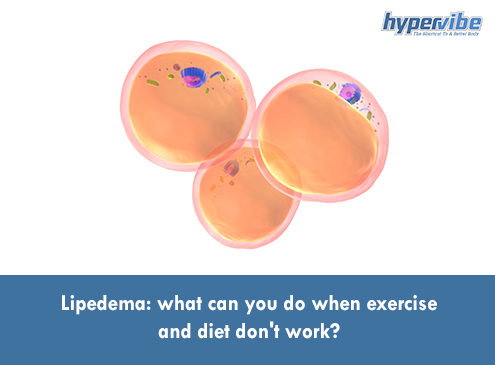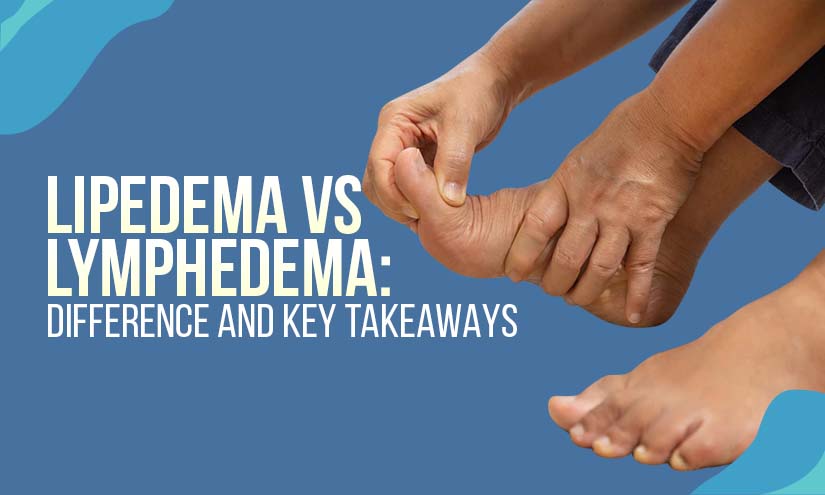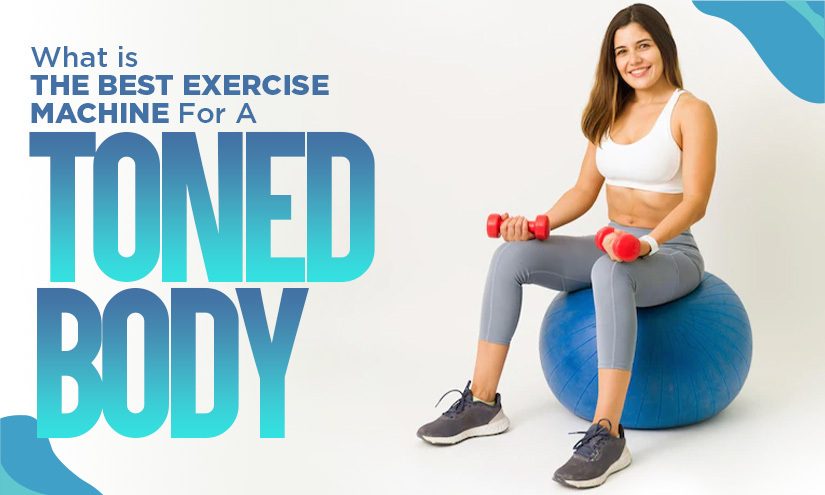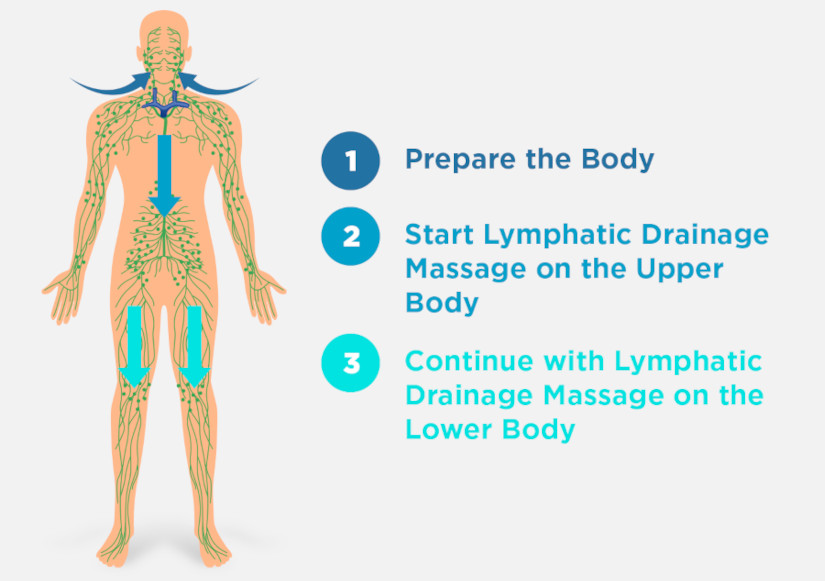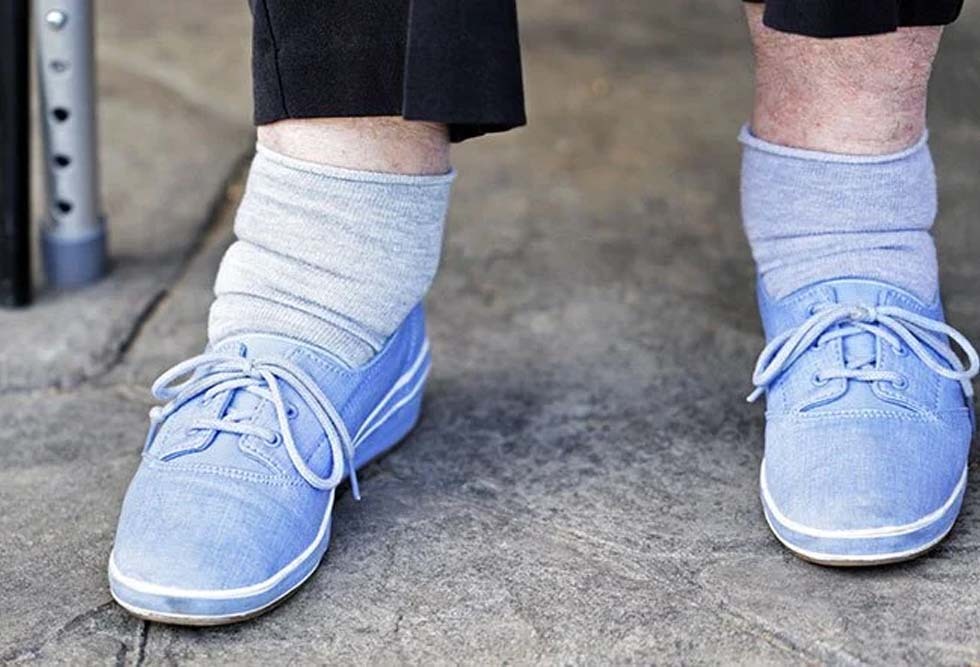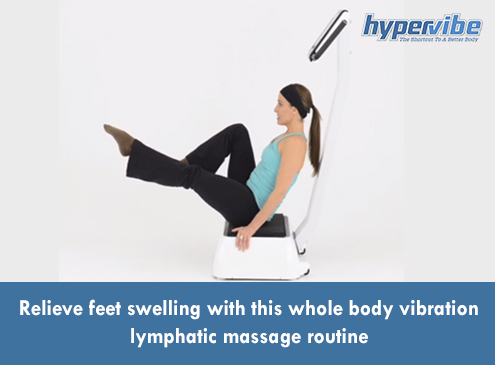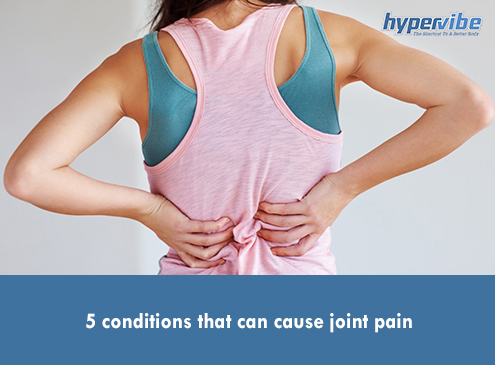Lipedema: What Can You Do When Exercise and Diet Don’t Work?
Lipedema is a chronic condition that manifests through abnormal accumulations of fat on the legs, hips and buttocks.
The fat cells are distributed irregularly beneath the skin, and although it’s often perceived as an esthetic concern, this condition deserves more attention is it can result in pain and other health issues.
If you suffer from lipedema, you may find diet and exercise inefficient in reducing the fat tissue, and you may think of yourself as fat, overweight or obese. But the truth is this condition is not caused by your lifestyle.
Lipedema affects about 11% of all women and is considered a hereditary disorder, as it tends to run in families. The precise cause is not known, although it is believed that genes and female hormones may play a role. The symptoms tend to appear for the first time around puberty, and often get worse during pregnancy or around menopause.
This condition is not caused by obesity; if you’re diagnosed with lipedema, it doesn’t mean you ate too many sweets as a teenager. The fat cells that form the reservoirs have pathological changes, and they cause not only a disproportionate appearance but also pain and emotional distress, the condition is potentially debilitating.
Lipedema signs and symptoms
Lipedema is symmetrical in most cases and leads to the swelling of the legs and thighs, and sometimes of the arms too. Often, the pad of fat below the knees is very visible and the thighs area resembles saddlebags, the legs being much larger than the rest of the body and making it difficult to perform daily activities or sports.
The affected tissues are tender and painful to touch; knee pain is also common, as the increased weight puts additional stress on joints. The skin appears loose, pale, and cold, and bruising may occur for no apparent reason. Because fat accumulates underneath the skin and creates a “mattress” effect, this condition is often mistaken for cellulite.
The fat deposits can obstruct the lymph vessels, preventing the fluid from being drained out and leading to the accumulation of lymph and lymphoedema. There are, however, a few signs that can help you differentiate the two conditions: in lipedema the swelling is symmetrical and the tissues are soft and painful, with a visible pad of fat under the knees and in the hip area.
In lymphoedema on the other hand the swelling may affect only one limb, there’s no pain associated in most cases except for a feeling of tightness in the tissues, and skin may appear pitted but doesn’t bruise easily. In lipedema, the hands aren’t usually affected, the skin doesn’t appear pitted, joints are painful and bruises are common.
Another difference is that lipedema doesn’t seem to respond to weight loss and isn’t associated with a greater risk of infection, while lymphoedema does increase the risk of infection in the affected areas and can be usually improved through diet, exercise and weight loss.
How is lipedema managed and treated?
Depending on the stage of the condition, liposuction may be required for removing the excess fat cells. Although not the most pleasant solution, liposuction is the only treatment that appears to be effective in the long run, by reducing the formation and accumulation of new fat cells underneath the skin.
The procedure can be done in different ways, one technique being the so-called tumescent liposuction in which a liquid solution is injected into the legs to reduce blood loss, then the fatty tissue is sucked out through a special tube. Depending on the amount of excess fatty cells, more interventions may be necessary for removing all the tissue.
A couple of non-surgical treatments are also available: compression therapy for example, which involves using bandages or garments for squeezing the affected limbs, may be recommended for improving lymphatic drainage and the flow of blood through the body.
Then, massage that encourages the drainage of lymph and blood circulation, and exercises that don’t put excess load on joints, mainly low-impact activities like swimming or walking, are also recommended. However, the non-surgical solutions have little impact on the number of fat cells in most cases and help only with removing the excess water from the body.
Whole body vibration can help in the same manner: at low frequencies, used for lymphatic drainage and massage, it can help in eliminating the fluids from the body and slightly improving the appearance of the legs and hips by reducing the swelling. But it won’t do miracles, and we recommend checking with your physician before starting a WBV program for lymphatic drainage.
Although there’s no direct proof that vibration exercises can help with lipedema, exercises done on a WBV platform have been shown to reduce fat storage and positively impact body composition, so it may be helpful to give it a try, but make sure to check with your physician first.
Unfortunately there are also some solutions that don’t work at all, such as taking diuretics, sleeping or sitting with your legs raised, or dieting. The last one may be hard to understand: if your diet, you will lose weight, right? You may lose weight, but it’s usually from the fatty tissue in other areas of your body, not in those regions affected by lipedema.
The effect of dieting on lipedema fat deposits is minimal. However, eating healthy to prevent weight gain and practicing aerobic exercises may help in the initial stages of this condition.
If you have questions or want to add anything to this article, feel free to comment below or on our Facebook page.
